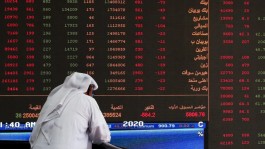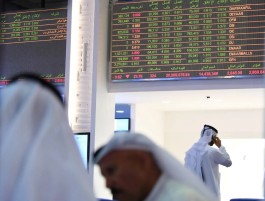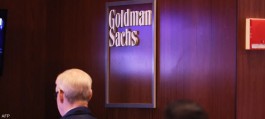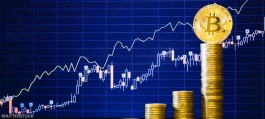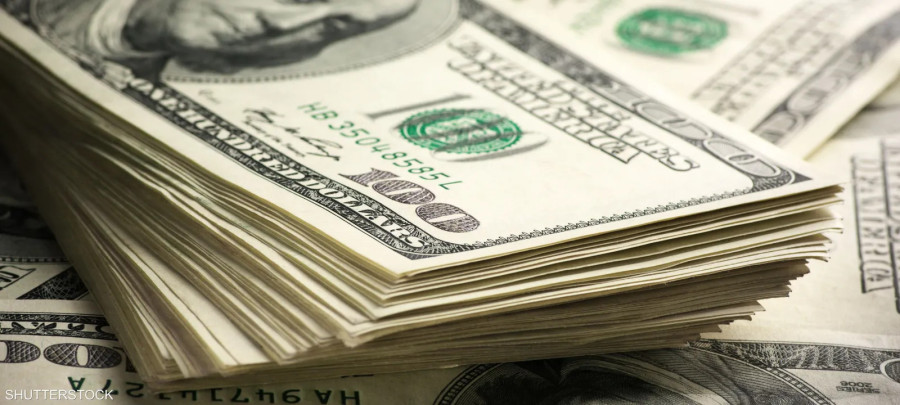The dollar rebounded during trading on Friday after New York Fed President John Williams downplayed markets' expectations for a cut in interest rates, although the dollar index remained on track for its worst weekly performance in a month.
The dollar fell broadly after updated interest rate forecasts from Federal Reserve officials released on Wednesday showed an expectation of 75 basis points of cuts in 2024.
Federal Reserve Chairman Jerome Powell was also interpreted as adopting a more dovish tone at the conclusion of the US central bank's two-day meeting, when he said monetary policy tightening was likely to end, with discussion of cuts emerging.
But Williams said on Friday we're not really talking about interest rate cuts right now at the Fed and it's too early to speculate on them.
“It hits some similar tones that we heard from Powell earlier this week, but it kind of reinforces the fact that the Fed is still very much a data-driven bank and not really in favor of market pricing to some extent,” Bepin said. , head of foreign exchange strategy at CIBC Capital Markets in Toronto.
Ray also noted that a large portion of the dollar's movement this week was due to a rebalancing of positions that were heavily weighted towards the dollar and focused on specific currency pairs, such as against the Japanese yen .
“This is a story more about the excessive amount of leverage and misaligned positions in the market that needs rebalancing than any kind of pessimistic interpretation of what Powell said earlier this week,” he said.
Traders are placing strong expectations for interest rate cuts, with the first cut expected in March and cuts of 141 basis points by December.
The U.S. central bank could start cutting interest rates sometime in the third quarter of 2024 if inflation falls as expected, Atlanta Federal Reserve Bank President Rafael Bostic said on Friday.
Chicago Fed President Austan Goolsbee also said the Fed may soon need to shift its focus to preventing unemployment from rising by fighting inflation.
Output at U.S. factories rose in November, supported by a rebound in auto production after the end of strikes, but activity was weaker elsewhere as manufacturing faces higher borrowing and falling demand for goods, data showed on Friday.
The dollar index rose in the latest trading by 0.56% during the day to 102.52.
It fell to 101.76 on Thursday, the lowest level since August 10. The index is heading towards a weekly loss of 1.39%, which is the worst weekly performance since November 19.
The euro fell 0.83 percent to $1.0899. The British pound reached $1.1009 on Thursday, the highest level since November 29. The British pound fell 0.60% to $1.2690, after reaching $1.2793 on Thursday, the highest level since August 22.
The euro and pound were supported on Thursday by the European Central Bank and the Bank of England, which oppose interest rate cuts.
However, investors are still betting heavily on interest rate cuts from both central banks next year.
The ECB has more room than most banks to ease monetary policy, according to Chris Weston, a strategist at Pepperstone, given lower euro zone growth and a rapid decline in inflation.
However, the opposition of (ECB President) Lagarde and her colleagues suggests conjecture about the timing of the initial easing – perhaps this is a desirable function of maintaining currency strength to limit imported inflation.
The euro was also affected by surveys on Friday that showed the decline in business activity in the euro zone suddenly worsening in December.
The Bank of Japan is the last of the major central banks to meet this month and the question among traders and investors is whether or not it will signal its intention to abandon its policy of keeping interest rates at rock-bottom levels next week.
The dollar rose in recent transactions by 0.24% to 142.18 yen, after falling to 140.95 on Thursday, the lowest level since July 31. The dollar is on its way to record its worst week against the Japanese currency since July 14, with a decline of 1.94%.











